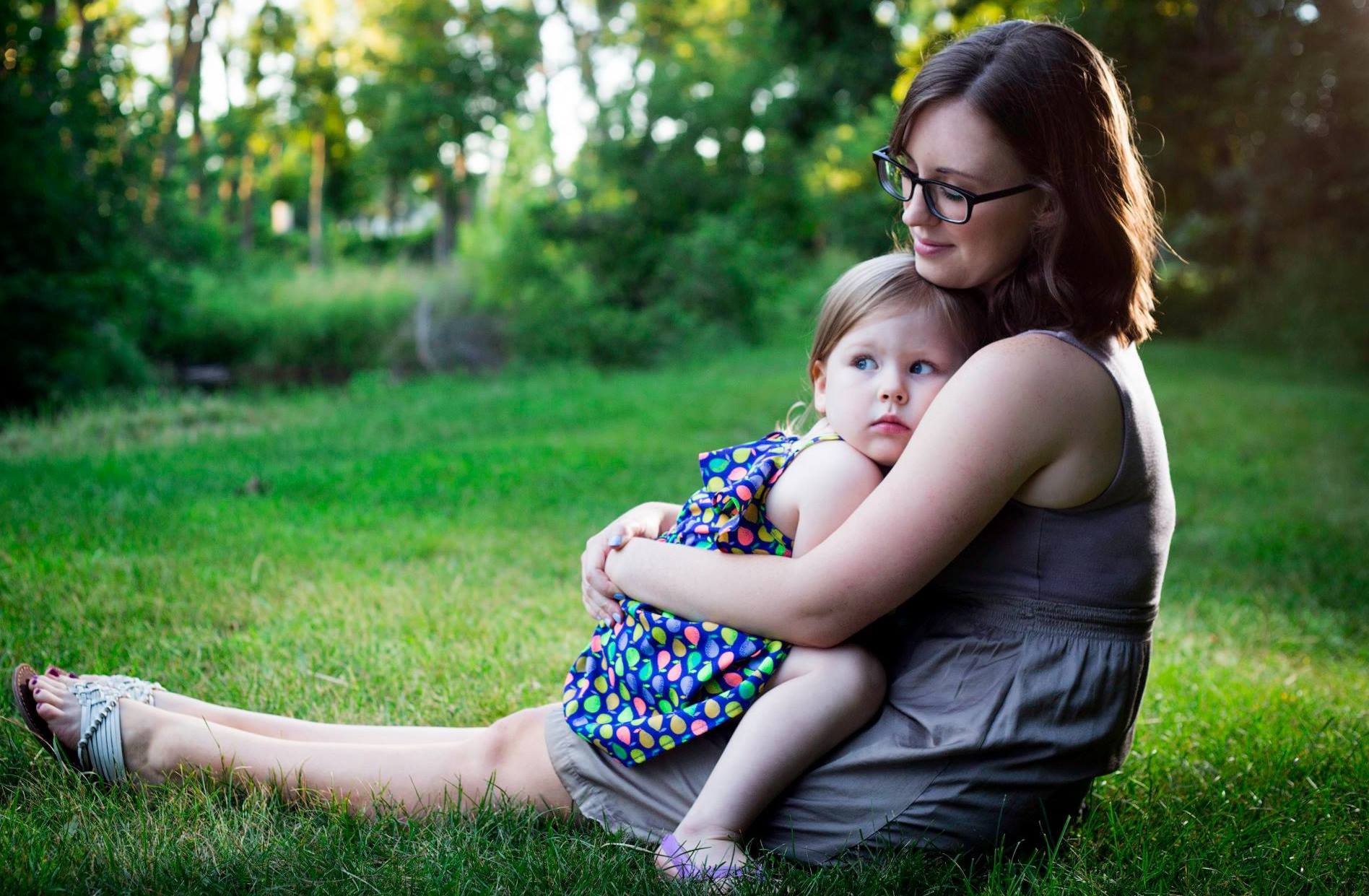For the first time in decades, women in their early 30s are having more babies than women in their 20s in the United States, showing that parenthood trends are shifting throughout the country. Health experts believe the shift is due to more women waiting longer to bear children, added to the ongoing drop in teen birth rate.
For more than three decades, women in their late 20s had had the highest birth rates, but according to data from the Centers for Disease Control and Prevention that changed last year. The CDC published this Wednesday preliminary data of the natality statistics from 2015 through the fourth quarter of 2016.

Women in their early 30s had more babies than women in their mid-20s
The results showed that the birth rate for females aged 30 to 34 was about 103 per 100,000, and the rates for women aged between 25 and 29 years old was 102 per 100,000. The CDC did not release the exact numbers of deliveries for each group.
According to Bill Albert, from the National Campaign to Prevent Teen and Unplanned Pregnancy, it is becoming more common to see older parents with kids in elementary or high school, as opposed to what was usual in the last decades. He added that also more teens are growing up with fewer of their friends getting pregnant.

Other statistics from the report show that women aged 20 to 24 had the third highest birth rate (80 per 100,000), women aged between 35 and 39 years had the fourth highest rate (50 per 100,000), and the fifth rate was reserved for women aged between 15 and 19 years (around 27 per 100,000).
The CDC found that heart disease death rates are decreasing again
Another CDC report released on Wednesday focused on deaths, concluded that the country’s overall mortality rate fell last year after a worrisome increase occurred in 2015. The data from the CDC comes from birth and death certificates processed by NCHS between 2015 and last year.
Among the findings, the CDC said that the overall birth rate was down slightly in 2016, with 62 births per 100,000 women aged between 15 and 44 years old. The data showed the average age when women have their first baby is about 28 years. Results revealed that teen birth continued to drop last year and that the infant mortality rate stayed about the same as the previous year. The death rate fell to around 724 per 100,000 people in 2016, down from the 733 experienced the year before.
Experts said the 2015 death rate increase was due to an unexpected leveling off in the rate from the U.S.’s leading killer, heart disease. Cardiovascular disease, as well as stroke deaths, fell steadily until 2011 until it stopped decreasing a few years ago. In 2015, the heart disease death rate increased around 1 percent, and it started to go down again last year.
Source: AP
